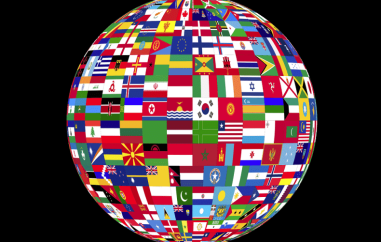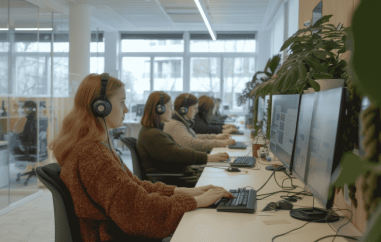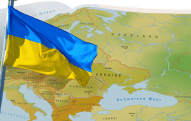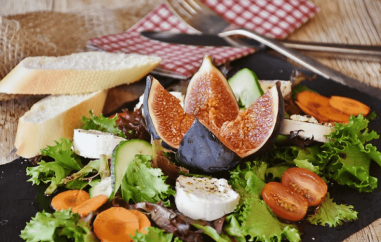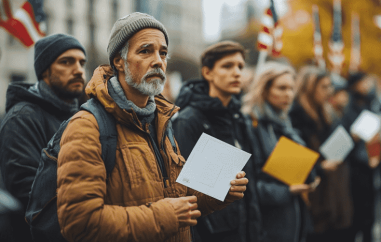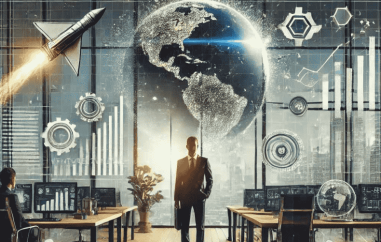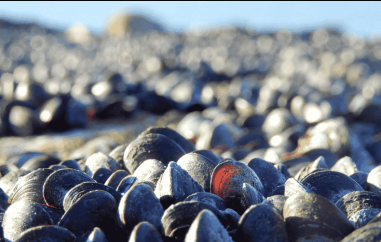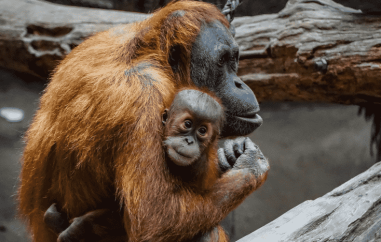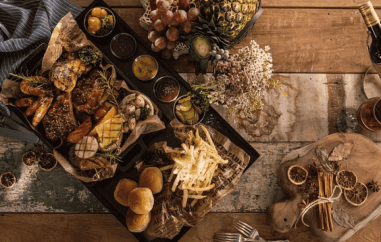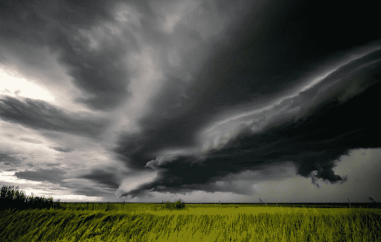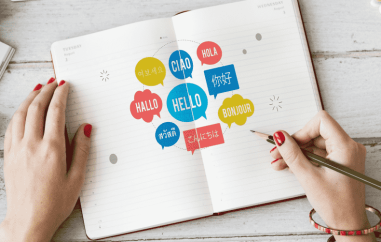UNESCO open exhibition "The World in Faces" at its Paris headquarters
On Thursday, July 8, at the headquarters of UNESCO (The United Nations Educational, Scientific and Cultural Organization) in Paris, the exhibition "The World in Faces" of the famous Russian photographer Alexander Khimushin opened. The author personally presented a collection of more than 170 artistic photographic portraits of representatives of different peoples of the world, shot in authentic national dress in places of residence. The exhibition is dedicated to the upcoming International Decade of the World's Indigenous Peoples and Their Languages. It is a celebration of multiculturalism and our incredible ethnic diversity at its best.
"In the photographs from the project "The World in Faces" I express my philosophy of life, which has been formed over the years of travel. It was through meetings with representatives of different nationalities, contact with their cultures, that I came to understand that all of them - with an incredible ethnic diversity - are people just like you and me. They are simply trying to artificially divide us by borders and ideologies," explains Khimushin.
The exhibition is a great way to tell the world about indigenous peoples and draw attention to their problems. The people in Khimushin's portraits managed to preserve their originality, traditions and former way of life. But it is more and more difficult for them to do this - small peoples are rapidly approaching complete extinction, the languages and traditions of their ancestors are forgotten. "The world in Faces" reminds how important it is not to let them disappear without a trace.
The idea to create a collection of photographic portraits of indigenous peoples in national dress and in their native environment was born in 2014, when Alexander had already accumulated a considerable amount of work done in the most exotic locations - from Samoa and Fiji to Swaziland. Since then, he has never stopped traveling around the world, and his project is growing and becoming a phenomenon.
"Initially, when I started working on the project, I had a dream - to exhibit at the UN. UNESCO is a UN structure that deals specifically with cultural issues and, accordingly, since I am engaged in the preservation of cultures, traditions, languages that are disappearing today - it was important and honorable for me to exhibit my works at UNESCO. I don't know what will happen next. In principle, I think that these should be large international platforms, since the project goes beyond Russia. The project is worldwide. I'm not going to complete the project. I plan to travel and collect stories, photographs, from all over the world - and I will be glad to consider proposals for global exhibitions that would show us - humanity - that we live in this world are different, each has its own culture, traditions, we must respect people who belong to other cultures. At the same time, the general humanistic component is that the whole world is one and all people are brothers," notes Khimushin.
In 2018, Khimushin went to the Russian Arctic - Taimyr. The result was a series of portraits of the region's indigenous inhabitants - Dolgans, Nganasans, Enets, Nenets, Evenks.
"Taimyr is unique in that it is a distant, cold place. For me, this was not something new, since I grew up in Yakutia (the Far East of Russia is the cold pole on the planet), but it is the peoples living there - the Nenets, Dolgans, Nganasans, they have a unique culture, their way of life and reindeer husbandry have been preserved. It was interesting to visit, thanks to Norilsk Nickel (The world's largest largest high-grade nickel and palladium producer), to get to these places. I would like to return to Taimyr, shoot more there, if there is such an opportunity," the artist noted.
The Norilsk Nickel company, which takes an active part in the fate of the small peoples of the Arctic, supported the Khimushin project.
"Our company supports the work of Alexander Khimushin, because thanks to his work, the whole world can see amazing, beautiful people living in remote corners of our planet. Including representatives of the indigenous peoples of the North of Russia, who managed to preserve a unique, original culture and traditions. The preservation of nature, traditions and culture of indigenous peoples, support and new opportunities for the development of ancestral activities - these are the themes that bring countries, international and commercial organizations, artists and creators together, "said Tatyana Smirnova Head of Public Relations MMC Norilsk Nickel.
Khimushin became the first Russian photographer to have an exhibition at the UN headquarters in New York. Works from The World in Faces project were exhibited at the University of Lille in France, and for six months were broadcast on the screen of the world's largest digital art center in Bordeaux.
The exhibition at the headquarters of UNESCO will run until the end of August 2021.

